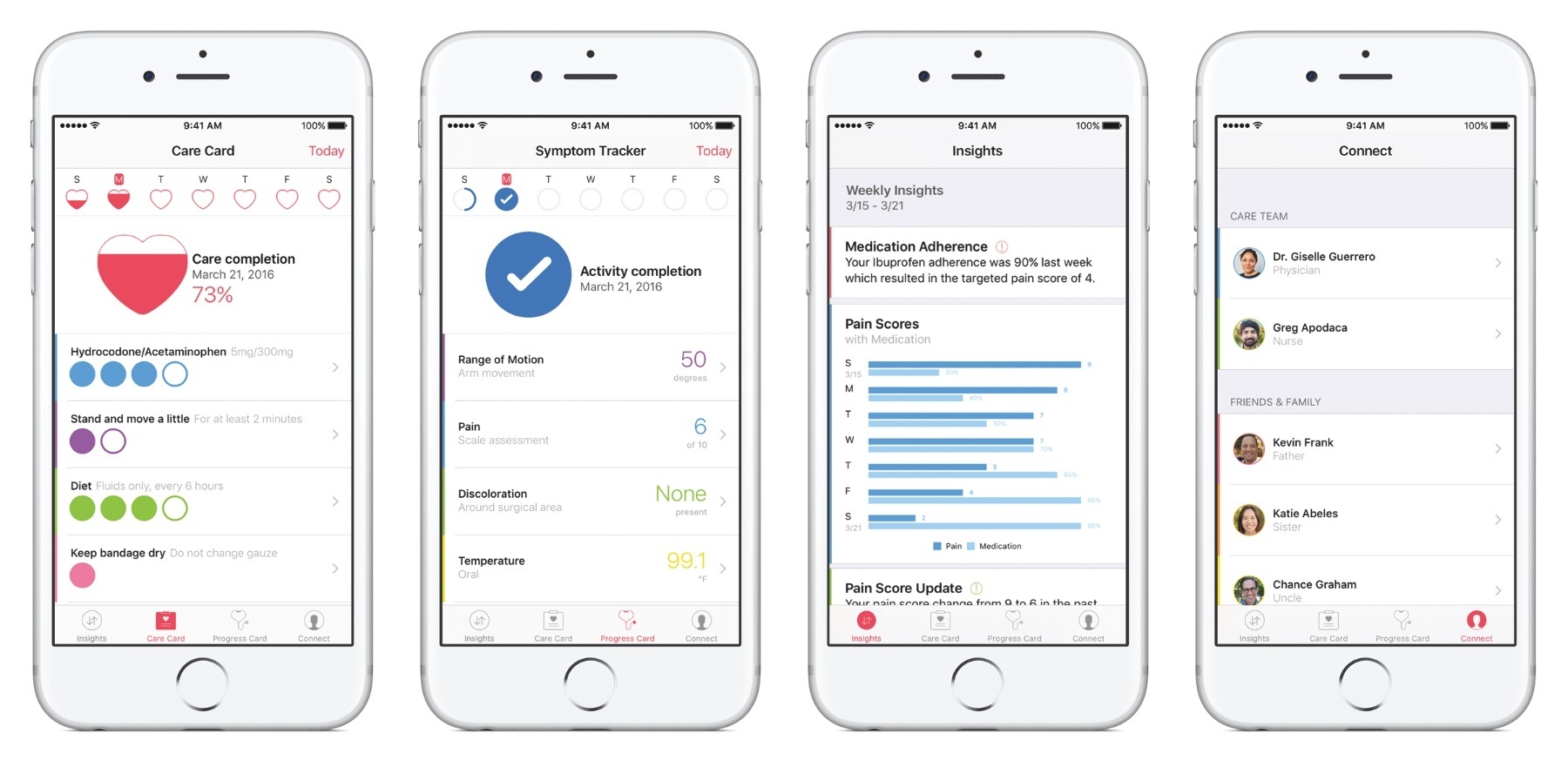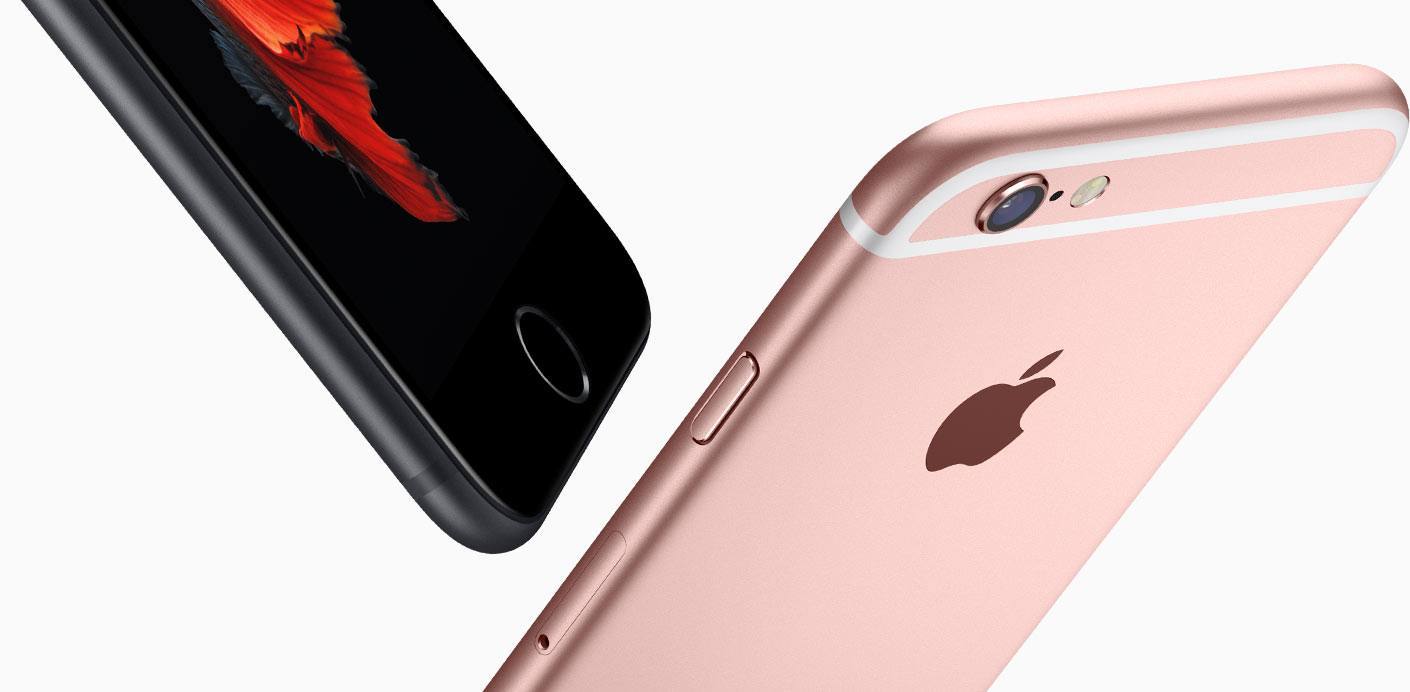At today’s WWDC keynote event, Apple introduced the newest features set to come to their tvOS operating system this fall. Among the marquee features of the release are improved Siri functionalities, single sign-on, new developer APIs, a brand new Apple TV Remote app for iOS, and more. During the introduction of the update, Apple’s Eddy Cue also announced that since the introduction of tvOS last Fall, there are now 1300 video channels available for Apple TV, and 6000 total native apps that can be downloaded from the Apple TV App Store.
Some Post-Event iPhone Extras
After today’s Apple Event, we’ve compiled some interesting hands-on coverage and links that you may find interesting:
- Apple quietly released new colors for their leather iPhone 6s and 6s Plus cases.
- There are a few additions to the silicon iPhone 6s and 6s Plus case line as well.
- There are also two colors of leather cases for the new iPhone SE. No SE-style silicon cases yet, but I doubt it’ll be long before we see some of those show up.
- A report from MacRumors says that existing iPhone 5 and 5s cases will actually fit the iPhone SE as well, so users upgrading from one of those lines may not even need a new case.
Apple Announces CareKit and Advancements to ResearchKit
During Apple’s spring event last year, the Cupertino company announced a new health initiative with ReasearchKit. The feature was to connect medical researchers with iPhone users to gather data at unprecedented scale and speed. The goal: accelerate research on treatment and cures for illnesses.
ResearchKit Update and Advancements
One year later, and Apple reports that ResearchKit has been a great success. ResearchKit studies are among the largest in history, and researchers have already been making new discoveries and gaining new insights into illnesses. Apple exemplified this with an Autism ResearchKit study which is working to identify Autism mere months after children are born, rather than years after. Another ResearchKit study has reportedly all but confirmed the existence of subclasses of Type 2 Diabetes.
Apple Announces New 4-Inch iPhone SE
Today at Apple’s “In the Loop” event in Cupertino, vice president of iOS, iPad, and iPhone product marketing Greg Joswiak took the stage to announce the long awaited update to Apple’s 4-inch iPhone line. Clearly the descendant of the iPhone 5s, the new iPhone SE comes in a very similar form factor, but now packs nearly the same power and feature set as Apple’s flagship iPhone 6s.
Specs
The iPhone SE runs the same 64-bit Apple A9 processor and M9 motion co-processor as the 6s. According to Apple, the SE runs twice as fast as the iPhone 5s and has three times higher GPU performance. The updated processors mean the SE has the hands-free “Hey Siri” feature enabled even when the device is not connected to a charger. Notably, the device now comes in Apple’s Rose Gold color finish, and I’d say it’s the nicest looking Rose Gold device they’ve made yet.
Web Tools: A Web Inspector for iPad
Web Tools is a new app from developer James Finley of Ergo which aims to create a Safari-style web inspector for iPad. I’ve tried other solutions for getting the source of web pages via iOS, but, at least on iPad, I haven’t seen any come close to being as well designed and implemented for the iPad’s bigger screen.
Web Tools is an extremely simple app, with no interface elements except an address bar and a browser window. The address bar contains back and forward buttons, a reload button, and an inspect button. Load up a webpage in the address bar and tap the inspect button to see the web inspector slide up from the bottom.
Web Tools has a very similar design to that of Safari’s web inspector for Mac. When you enable the inspector, it slides up to cover the bottom half of the web page (though you can easily drag to make it obscure more or less, depending on your preference). The inspector contains two panes, the first of which displays the HTML DOM tree for the web page. You can expand and collapse whichever elements you want to navigate through the DOM.
OS X 10.11 El Capitan: The MacStories Review
In 2013 Apple left behind the decade old big cat naming scheme for major releases of its flagship desktop operating system. It set its sights instead on inspirational places in California. Beginning with Mavericks, a California surfing spot, OS X then moved on to Yosemite, the beloved national park. In this year’s new release, Apple eschewed another big move in exchange for seeking greater heights within the bounds of last year’s stomping ground.
Since the introduction of Yosemite last fall, Apple has faced some rough times in the press. While the company is well adjusted to the doomsday chicanery constantly tossed about by the mainstream tech media, this year the calls were coming from inside the house. Well known developers and tech bloggers who have historically been accused 1 of ingratiation with the Cupertino company, were stepping out to bring attention to a growing feeling of dissatisfaction in its software.
Software is a field which has classically been one of Apple’s strong suits. Shave off ten seconds on startup and save a dozen lives. Yet recent years have brought debacles such as Apple Maps in iOS 6 and discoveryd, as well as many smaller issues such as random crashing in iOS, lost music files, and stingy iCloud storage.
The consensus that seemed to be reached when these issue came to a head this January was a plea to Apple to just slow down. While Apple’s hardware division has proven themselves capable of firing on all cylinders year after year, their software division has not quite been keeping up. They could use a year to regroup, focus on existing features, and hold off on any major leaps forward. In essence, a Snow Leopard kind of year.
Thankfully, in what seems to be establishing itself as a pleasant trend of late, Apple has been listening.
discoveryd was reverted in the final update to Yosemite, Apple Music has some homework to do, and Apple Maps has picked up the last of its major missing features. Siri is getting faster, iCloud storage prices have gone down, and Notification Center widgets which launch other apps are being allowed into the App Store.
With the difficult, but necessary changes seen in iOS 7 and 8 and OS X 10.9 and 10.10 out of the way, Apple may finally have a chance to take advantage of some breathing room and address the features they’ve been neglecting.
With all this in mind, it’s no surprise that OS X 10.11 is named after a mountain which can be found inside Yosemite National Park.
El Capitan marks an end to Apple’s relentless march forward, opting instead for a calm retrospective on the applications and underlying frameworks which have been the keystones of the operating system for years. Portentous in its own restraint, 10.11 canonizes those small but significant features that enrich the OS X experience in daily use. Shaving off seconds and bandaging cuts, El Capitan is the operating system we’ve been looking for.
- Without merit, but accused nonetheless. ↩︎
watchOS 2: The MacStories Review
On September 9th, 2014, Apple CEO Tim Cook took the stage at the Flint Center for the Performing Arts in Cupertino. This was the very same stage on which, 30 years earlier, a young Steve Jobs had introduced the original Macintosh to the world. The Apple of 2014 was a very different company. Loved and hated, famous and infamous, indomitable and doomed. The only statement about the tech giant that might avoid contestation was that it could not be ignored.
The 9th would be a rubicon for Tim Cook. The late Steve Jobs had helmed the company through every one of its unparalleled series of epochal products. This was the day on which Cook would announce the first new product to come out of Apple since Jobs’ passing. A product that media pundits everywhere were sure to use as a scapegoat to prove or disprove the quality of his leadership.
The words “One More Thing…” overtook the screen, met by raucous applause from the expectant audience. Uncontrolled excitement burst through Cook’s normally calm demeanor as he presented the introduction to his hard work. “It is the next chapter in Apple’s story,” Cook boldly stated before leaving the stage. The ensuing video gave the world its first look at the Apple Watch.
iPhone 6S and 6S Plus: Our Complete Overview
This morning Apple announced the iPhone 6S and the iPhone 6S Plus at their September Special Event Keynote. Despite it being just an “S” year, the new iPhone lineup was packed with interesting new features and improvements.
iPad Pro: Our Complete Overview
Today during Apple’s September 9th Special Event Keynote, Apple officially unveiled the widely rumored iPad Pro. Apple’s new iPad features a huge 12.9-inch Retina display, their new A9X chip, a four-speaker architecture, an 8 MP iSight Camera, support for the also-announced Apple Pencil and Smart Keyboard, and much more. To quote Tim Cook, it’s “the biggest news in iPad since iPad.”









